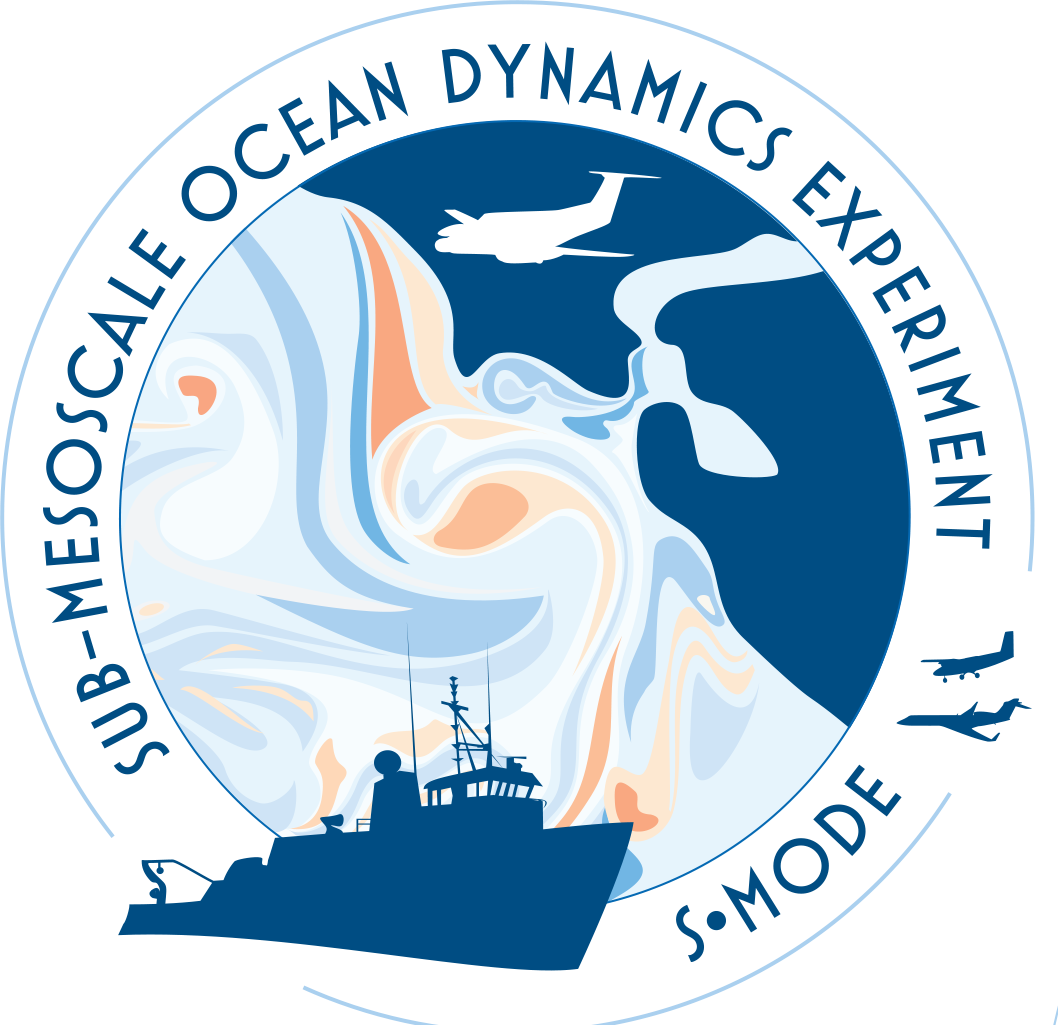The development and careful characterization of the EcoCTD was funded by several projects.


CALYPSO Project (ONR)
The EcoCTD was first developed at Woods hole Oceanographic Institution (WHOI), funded through a Department Research Initiative (DRI) from the Office of Naval Research (ONR) called CALYPSO.
The overarching goal of CALYPSO is to establish an understanding of the 3D coherent pathways by which water is transported from the surface ocean to depths below the mixed layer. In this ocntext, the EcoCTD is used to map bio-physical water properties in 3D to help tracing water mass pathways.


S-MODE Project (NASA)
Current improvments on the EcoCTD design are based at Woods hole Oceanographic Institution (WHOI), and funded by NASA through a project called the Sub-Mesoscale Ocean Dynamics Experiment (S-MODE).
S-MODE will test the hypothesis that submesoscale ocean dynamics make important contributions to vertical exchange of climate and biological variables in the upper ocean. It requires coordinated application of newly-developed in situ and remote sensing techniques, of which the EcoCTD is an important part. It will provide an unprecedented view of the physics of submesoscale eddies and fronts and their effects on vertical transport in the upper ocean.